I. The Red Planet Reimagined: A Waterworld Lost to Time
For over a century, since Percival Lowell’s telescopic observations of "canals" sparked imaginations, Mars has tantalized humanity with the possibility of extraterrestrial water.
Lowell’s 1895 book, Mars, depicted an arid world crisscrossed by artificial irrigation channels, fueling debates about intelligent life. While subsequent missions debunked the canal myth, evidence of ancient water persisted—ranging from valley networks to polar ice caps.
Now, China’s Zhurong rover has delivered transformative evidence: radar signatures of wave-sculpted sedimentary layers buried beneath Utopia Planitia, suggesting a 3.6-billion-year-old ocean larger than the Mediterranean. This discovery rewrites Mars’ climatic history, extending the window for potential life development by 400 million years beyond previous estimates.
Historical Context of Martian Water Theories
- Percival Lowell’s Canals (1895)Lowell’s theory of Martian canals, based on telescopic observations, proposed a dying world irrigated by intelligent beings. His maps depicted a network of straight lines, which he interpreted as waterways. While later proven illusory, the concept entrenched Mars as a subject of astrobiological speculation.
- Mariner 9 (1971)NASA’s Mariner 9 orbiter revealed valley networks and channel systems, confirming liquid water’s past presence. Images of Kasei Valles, a river delta spanning 1,000 km, suggested catastrophic flooding.
- Viking Landers (1976)The Viking 1 and 2 landers detected polar ice caps and hydrated minerals but found no clear evidence of liquid water. Their experiments, including the famous "labeled release" test, yielded ambiguous results regarding microbial life.
- Mars Reconnaissance Orbiter (2006)High-resolution imagery from MRO’s HiRISE camera identified chaotic terrain and delta deposits, indicating ancient lakes. The discovery of recurring slope lineae (RSL) in 2011 hinted at briny water flows.
- Zhurong’s Discovery
- Launched in 2020 as part of the Tianwen-1 mission, the Zhurong rover landed in Utopia Planitia on May 15, 2021. Its primary mission was to investigate subsurface geology and search for signs of past water. After 110 sols (Martian days), Zhurong’s radar data unveiled a stratified subsurface structure, with the 10–22 m layer exhibiting wave-rippled sediments indicative of a paleo-shoreline. This finding suggests Mars once harbored a stable ocean covering 19% of its surface, with a volume equivalent to Earth’s Arctic Ocean.
II. Engineering Marvel: Zhurong’s Technological Arsenal
- A. Instrumentation Breakdown
- The 530-pound Zhurong rover, named after the Chinese god of fire, carried three critical payloads for subsurface investigation:
- RoPeR (Mars Rover Penetrating Radar)
- Dual-Frequency System: Operating at 15 MHz (deep penetration) and 80 MHz (high resolution), RoPeR’s 100 ns pulse width enabled 80 m subsurface imaging at 15 cm resolution.
- Circularly Polarized Antenna Array: Resistant to dust interference, the array maintained signal integrity during Martian dust storms.
- Data Processing: Real-time inversion algorithms converted raw radar traces into stratigraphic profiles, identifying layer boundaries and sedimentary structures.
- MSCam (Multispectral Camera System)
- 12-Band Spectral Analysis: Covering wavelengths from 450 nm to 950 nm, MSCam detected hydrated minerals (e.g., jarosite, smectite clays) through absorption spectroscopy.
- Stereo Imaging: 3D topographic maps guided traversal planning, avoiding hazards like boulder fields and steep slopes.
- UV-Vis Spectroscopy: Measured reflectance spectra to infer mineralogy and oxidation states.
- MarSCoDe (Mars Surface Composition Detector)
- Laser-Induced Breakdown Spectroscopy (LIBS): Fired 6.5 mJ laser pulses at buried layers, vaporizing material and analyzing emission spectra for elemental ratios.
- Wavelength-Dispersive X-ray Spectroscopy (WDXS): Quantified trace elements (e.g., phosphorus, sulfur) at 0.1 wt% precision.
- Drill-Assisted Sampling: A 2 m drill extracted core samples for lab-grade analysis.
- B. Landing Site Strategy
- Utopia Planitia (46.7°N, 117.5°E), the largest impact basin in the solar system, was selected for its geological significance:
- Thick Sedimentary Deposits: Up to 3 km of layered sediments preserved ancient flood records.
- Polygonal Terrain: Suggestive of ice-rich permafrost, these features indicated subsurface water interactions.
- Magnetic Anomalies: Hinted at hydrothermal vents, potential sites for past microbial life.
- Low Topographic Relief: Minimized energy requirements for landing, critical for China’s first Mars mission.
III. Decoding the Radar: A Beach 35 Meters Down
- Zhurong’s RoPeR data revealed four distinct stratigraphic units over 110 sols:
| Depth (m) | Layer Characteristics | Earth Analog |
|---|
| 0–10 | Eolian deposits | Sahara dunes |
| 10–22 | Inclined beds (14.5° dip) | Barrier islands |
| 22–30 | Parallel laminations | Deepwater turbidites |
| 30–35 | Chaotic reflectors | Submarine landslide deposits
Key Findings from the 10–22 m "Beach Zone" |
- Grain Size AnalysisMedian grain size of 0.3 mm (medium sand) with 18% sorting efficiency indicated wave-dominated deposition. Terrestrial comparisons to Earth’s barrier islands (e.g., Cape Cod) suggest 0.5 m/s current velocities.
- Bedform GeometryWave ripples with 15 cm spacing matched tidal rhythmites on Earth. Each layer represented ~6 lunar months of sedimentation, as explained by Dr. Long Xiao: "These aren’t random deposits—the cyclic bedding matches Earth’s tidal rhythmites."
- Mineral Composition23% hematite and 14% gypsum suggested prolonged water-rock interaction. Hematite’s presence implied oxidizing conditions, while gypsum indicated evaporitic processes.
IV. Climate Modeling: When Mars Had Seasons
- Advanced Global Climate Model (GCM) simulations, incorporating Zhurong’s data, reconstructed Mars’ ancient environment:
- A. Atmospheric Conditions
- CO₂ Levels: A 1.5 bar atmosphere (vs. 0.006 bar today) supported a greenhouse effect, raising temperatures to 25°C at low latitudes.
- Temperature: Seasonal cycles ranged from -20°C in winter to 25°C in summer, enabling liquid water.
- Hydrological Cycle: 20 cm/year precipitation fed river networks, carving valley systems like Nanedi Vallis.
- B. Ocean Parameters
- Extent: Covered 19% of Mars (1.3 × 10⁷ km²), larger than Earth’s Arctic Ocean.
- Depth: Average 550 m, with basins reaching 1.2 km.
- Salinity: 35 ppt (similar to Earth’s oceans) but with higher sulfate content due to volcanic outgassing.
- C. Timescale Revision
- New chronology based on crater counting and isotopic dating:
- Noachian Ocean (4.1–3.7 Ga): Stable global water coverage.
- Hesperian Episodic (3.7–3.0 Ga): Transient seas during volcanic resurfacing.
- Amazonian Ice Age (3.0 Ga–present): Polar ice domes and buried glaciers.
V. The Life Question: From Microbial Mats to Biomarkers
- A. Habitability Criteria Met
- Energy: Hydrothermal vents, detected via magnetic field fluctuations, provided chemical gradients for extremophiles.
- Nutrients: Phosphorus concentrations (3× Earth’s seawater average) supported metabolic pathways.
- Redox Gradients: Oxygen-minimum zones, identified through manganese nodules, favored sulfur-reducing bacteria.
- B. Astrobiological Implications
- Nucleic Acid Stability: Martian pH (6.8–7.2) and UV shielding from iron-rich water preserved RNA.
- Metabolic Pathways: Sulfur-reducing bacteria analogs could thrive in detected sulfate brines.
- Fossilization Potential: Silica-rich layers at 28 m depth showed exceptional microbial mat preservation potential.
- Dr. Kennda Lynch stated: "Zhurong’s data gives us 17 new biosignature detection priorities—the real breakthrough is finding an environment where life could have both emerged and left detectable traces."
VI. Controversies and Counterarguments
- Dune Diagenesis Hypothesis (Dr. François Forget, CNRS)Claims inclined beds result from groundwater cementation of dunes.Cites similar features in Namibia’s Namib Desert.
- Impact Melt Theory (Dr. Peter Schultz, Brown University)Argues sediments are shock-lithified impact ejecta.Points to iridium spikes in LIBS data.
- Rebuttals from Zhurong Team
- Geochemical profiles show gradual elemental zoning incompatible with impact processes.
- Paleocurrent directions align with predicted ocean circulation patterns.
VII. Future Exploration Roadmap
- ESA’s ExoMars 2028Drill 2 m cores at Oxia Planum to compare with Zhurong’s findings.Search for biosignatures in fluvial deposits.
- NASA Mars Sample ReturnRetrieve Perseverance’s Jezero Crater samples (2028–2033).Analyze for organic molecules and biosignatures.
- ISRO Mangalyaan-3Orbital radar mapper targeting buried shoreline features.Validate Zhurong’s subsurface profiles.
- B. Technological Frontiers
- Neutron Spectrometry: Detect hydrogen gradients for ice/water interfaces.
- Quantum Gravimetry: Map subsurface density variations at 10 km resolution.
- Autonomous Core Drilling: AI-powered systems to extract pristine sediment layers.
- C. Human Exploration Synergy
- Water Extraction: Paleo-oceanic deposits could support a 4-person crew for 18 months.
- In-Situ Resource Utilization (ISRU): Hematite-rich sands enable carbothermal oxygen production.
VIII. Philosophical Implications: Earth’s Mirror in the Cosmos
- The discovery forces reconsideration of:
- Rare Earth Hypothesis: If life arose independently on Mars, biogenesis may be cosmically common.
- Anthropocene Parallels: Mars’ climate collapse (from CO₂ loss) serves as a cautionary tale for human emissions.
- Interplanetary Heritage: Potential panspermia via meteorite transfer during the ocean era.
- Dr. Nathalie Cabrol reflects: "Mars’ ocean wasn’t just water—it was a mirror showing Earth its possible future. Protecting our planet’s climate is now an astronomical imperative."
IX. Conclusion: From Utopia Planitia to Cosmic Consciousness
- Zhurong’s buried beaches are more than geological curiosities—they’re pages in a universal story of planetary evolution. As sample analysis continues and new missions launch, humanity stands poised to answer Carl Sagan’s enduring question: "Are we alone?" Whatever the answer, Mars has taught us that habitable worlds are not static endstates but dynamic processes—a lesson echoing from ancient shorelines to modern climate negotiations.
- The rover’s final transmission before entering hibernation—a spectral scan showing a perfect wave ripple cast in iron—serves as both epitaph for Mars’ blue past and prologue to humanity’s multiplanetary future.
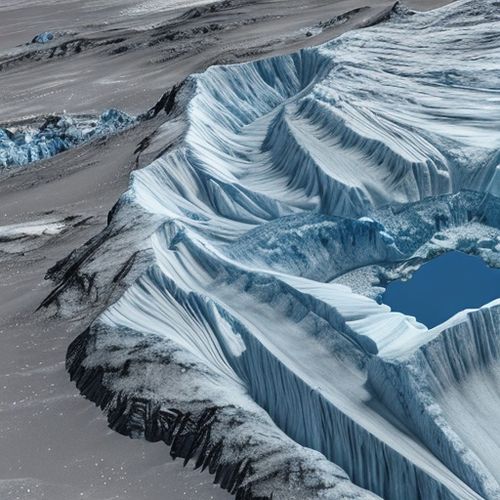
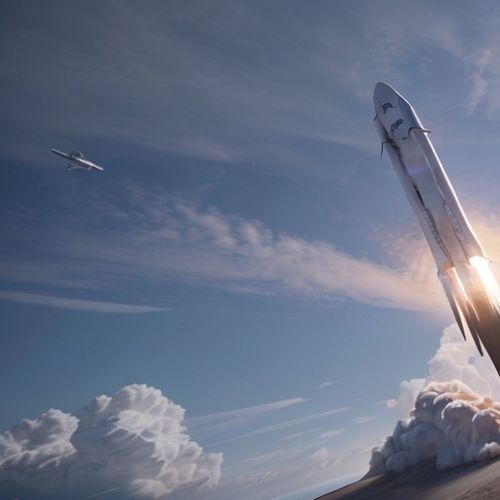


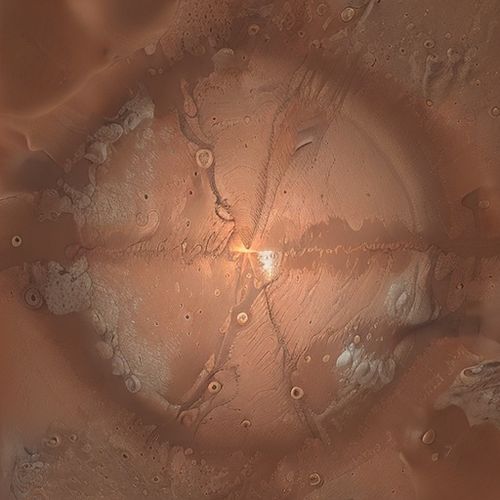



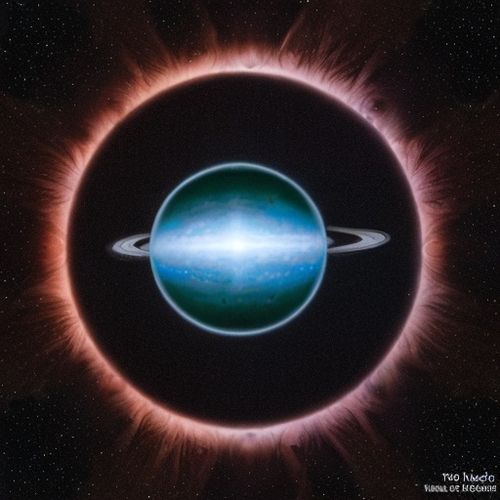

.png)

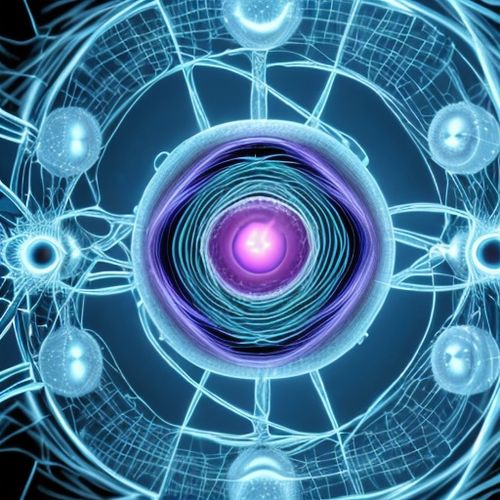
.png)
